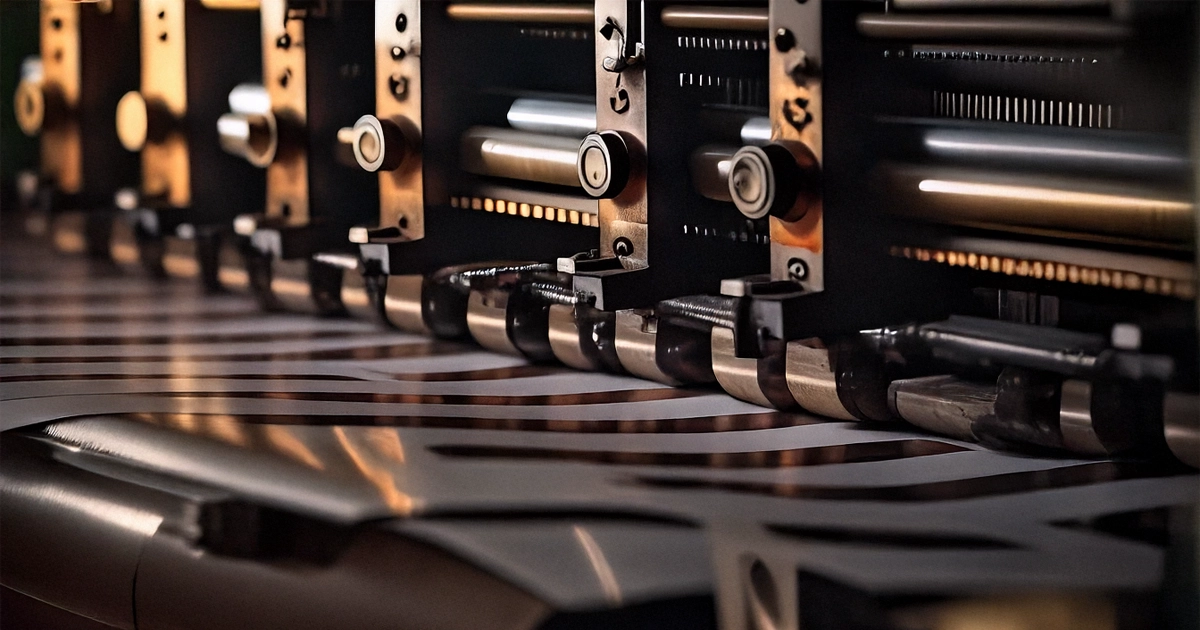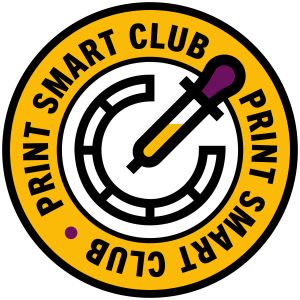It’s completely natural: you want your packaging to stand out. Everyone does. It’s one of the first instincts when you’re launching or redesigning a product—go bold, be different, make something eye-catching.
But here’s the funny thing—sometimes the smallest choices in layout or format, made with the best intentions, quietly drive up your printing costs. Not because they’re “bad” ideas, but because they don’t always match how production actually works.
This is where good design becomes more than just visual. When your layout is smart, scalable, and production-friendly, it not only looks great—it saves you money, reduces waste, and prints without surprises.
What Layout Has to Do With Print Costs
Layout decisions influence how your artwork physically fits on a print sheet, how much material is used, and how easily it can be cut, folded, or labeled. These factors directly affect cost.
For example:
- Trim size: Using a slightly oversized layout might waste more material or require larger, more expensive stock.
- Bleed and margins: Inaccurate setup here can lead to print errors and costly reprints.
- Panel positioning: Poor alignment on folded boxes can cause graphics or text to land in awkward spots—or worse, overlap glue flaps or creases.
Printers often work with fixed sheet sizes or label rolls. If your layout doesn’t fit efficiently into those parameters, you end up paying for waste you never see.
Examples of Expensive Mistakes
These are common layout-related issues that push production costs higher:
- Custom die cuts: Unusual shapes may look interesting, but they often require custom tooling and longer setup times.
- Inefficient spacing: If your label design wastes space or doesn’t tile cleanly on a sheet, fewer items fit per run—meaning more sheets and more cost.
- Complex finishes across folds: Foil, embossing, or spot UV that crosses folding lines or creases can crack or misalign, creating visual flaws or production failures.
- Label shapes that don’t match machine capabilities: Some machines can’t handle certain shapes without slowing down or increasing the error rate.
Most of these aren’t problems with creativity—they’re issues of practicality. The best designs strike a balance between brand impact and print logic.
Smart Layout = Cost Control
You don’t need to sacrifice creativity to save money—you just need to work smart.
- Use standard sizes when possible. Many materials come in fixed widths or rolls, and aligning with those can dramatically reduce waste.
- Think modular. Design your layout so it can scale across multiple products with only minor changes (like flavor or scent name).
- Keep finishes within “safe” areas. Fancy techniques like foil or varnish are great, but place them thoughtfully to avoid cracking or misalignment.
- Work with dielines early. A proper dieline template from the beginning ensures that artwork flows cleanly and predictably through production.
These strategies don’t limit creativity—they create a foundation that allows it to be repeatable, affordable, and scalable.
How to Build Smart from the Start
One of the best cost-saving moves? Involve your designer and printer early—before you finalize your packaging idea.
- Ask your printer about available material sizes and cost-efficient options.
- Get technical specs and dielines before starting the design phase.
- Let your designer build around those limitations—instead of guessing and correcting later.
Every brand wants packaging that looks great. But smart layout decisions make sure it also works great, prints smoothly, and fits your budget.
Final Thought
You don’t need a massive budget to create great packaging—you need thoughtful planning. Smart layout choices upfront can mean the difference between a design that’s easy to produce or one that quietly eats into your margins every time you reorder.
In short: good layout is good business.

